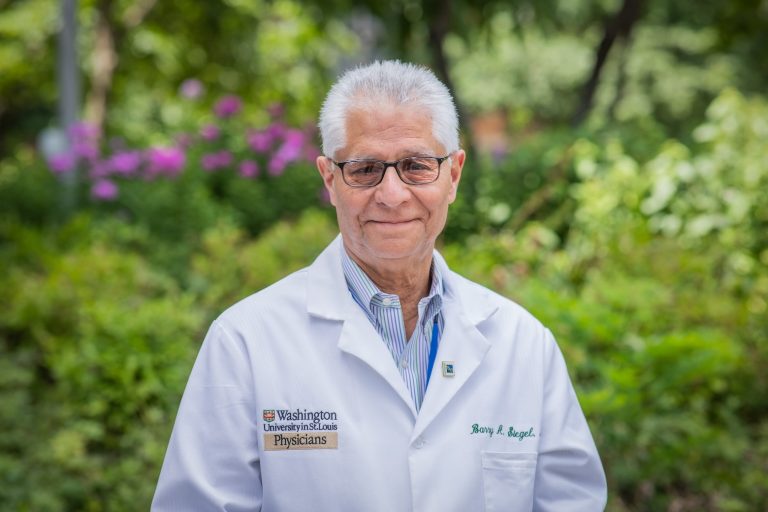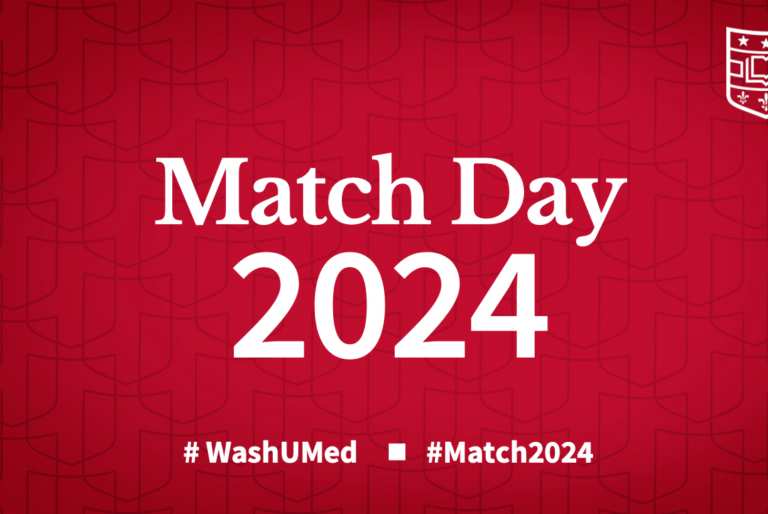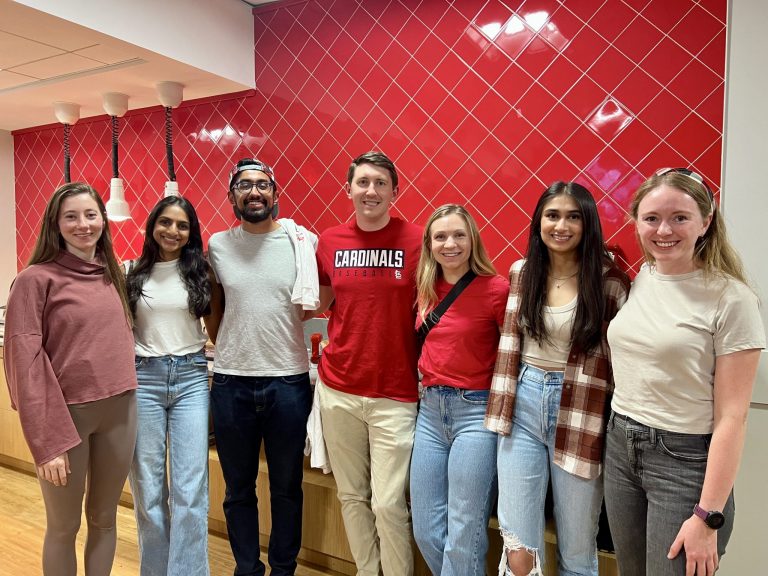Specialized Tracks
MIR has an extensive and collaborative research program. Up to three highly motivated individuals interested in a career in academic radiology are admitted to the Research Residency Track each year. This specialized track, which combines training in general diagnostic radiology with dedicated time in research, provides up to 48 weeks of full-time research with one or more faculty mentors as well as a lecture series. Research residents typically complete the first year of clinical training before starting any dedicated research time.
Funding
MIR received $40 million in externally sourced research revenue in fiscal year 2022 and ranked second among radiology departments in NIH funding. In addition, our support staff is well-equipped to assist residents in the submission of grant applications. MIR trainees routinely receive Radiological Society of North America (RSNA) resident-fellow research awards to fund their research.
Facilities and Advanced Equipment
MIR has six laboratories and eleven research support facilities, including the Center for Clinical Imaging Research (CCIR), the East Building MR Facility, the 3-D Printing Lab, and the Research Computing and Informatics Facility (RCIF).
Equipment housed in these facilities includes:
- Six research-dedicated whole-body MRI scanners, including four Siemens 3T Prismas, a 3T Vida, and a simultaneous Siemens PET/MR whole body scanner
- Two research-dedicated Siemens Vision PET/CT scanners
- Five cyclotrons and an equipped radiopharmacy that supply both research and clinical radiotracers for the university
- A new small animal simultaneous acquisition PET/MRI (3T/7T dual boot) scanner, a 12T and two 4.7T small animal MR scanners, an Inveon PET scanner, and a Bruker 9.4T MRI scanner
How to Apply
This track is offered through the NRMP match under a training program number separate from the diagnostic radiology training program. Interested applicants are encouraged to also apply to the Diagnostic Radiology Residency Program.
NRMP Matching Number: 1353420A1
NIH T32 Training Grant (TOP-TIER)
Research residents have the opportunity to apply internally to participate in an NIH-funded T32 training program— Training Opportunities in Translational Imaging Education and Research. TOP-TIER’s focus is on training clinical scientists in translational imaging, research, innovation and entrepreneurship.
MIR has long been recognized for advancing the scope and practice of nuclear medicine, as well as training individuals for careers in academic and private practice nuclear medicine. Up to two residents from each diagnostic radiology residency class will be accepted for a specialized training track that will enable graduates to obtain dual certification in diagnostic radiology (American Board of Radiology) and nuclear medicine (American Board of Nuclear Medicine). Candidates are selected during or by the end of the second year of residency training and, depending on a resident’s interest, both four and five-year options are available.
Four-Year Training
This option allows 16 months of training in nuclear medicine during a four-year diagnostic radiology residency. In the first three years, residents complete the same rotations as the other diagnostic radiology residents. In the fourth year, residents in the combined track focus on nuclear medicine. The four-year program is best suited for individuals who are interested in practicing clinical nuclear medicine.
Five-Year Training
This option allows for up to 28 months of training in nuclear medicine, with a minimum of 24 months required. This includes completing a four-year diagnostic radiology residency, with year four training focused on nuclear medicine, followed by a one-year nuclear medicine residency/fellowship. Some of the time spent in nuclear medicine is devoted to research in the field. This pathway is most suited for individuals who are interested in practicing academic nuclear medicine.
Up to three residents will be selected from each residency class for ESIR status. ESIR residents focus on interventional radiology during their fourth year of diagnostic residency training, completing an ICU month as well as at least eight IR and IR-related rotations.
The balance of the year features diagnostic radiology rotations, including nuclear medicine and breast imaging, to meet training requirements. ESIR residents easily meet requirements for advanced placement in an Independent IR residency.



